QuestionHi Chris,
We have tropical fish in a tank size of 35 1/2 inches long x 15 1/2 inches deep x 18 inches high. We have Mollies and platies. They all get along really well and we have evn had some bubs. Lately I have noticed a few of the fish hanging around the filter or sitting on the bottom of the tank. They look normal (no white spots or anything like that) but their fins seem to be quite droopy and they are quite lathargic. We change the water quite often and test the water. PH level are fine and Nitrate is 0. What would be causing them to be droopy and lethargic. Thanks for your time.
AnswerHi Alison;
Check the ammonia and nitrite (not nitrAte, it's different). If either of those toxins are elevated they can cause the symptoms you are describing. Make partial water changes to reduce them if they are elevated. Even daily is not too often as long as no more than 25% is replaced in one day.
Older fish can tend to act that way too or fish that are not fed a well-rounded diet. Mollies and platies need veggies in their diet such as romaine lettuce, cucumber slices, cooked peeled peas, and cooked green beans. Just rinse and drop them right in two or three times a week. They may not know what to do with it but keep trying. The veggies can remain in the tank for several hours, unlike regular fish foods that can foul the water.
Mollies and platies also need a 25% water change at least once a week to stay healthy. Vacuum the gravel at the same time. Avoid changing more than 25% at a time because it can actually shock the fish and cause the symptoms you have described. Also use a water conditioner and be sure the new water is the same temperature as the old water to avoid temperature shock.
Look closely at the fish for signs of abnormally swollen bellies or even skinny bellies. Look for bullying by one or more fish. If the lethargic ones are all females, you may need more females to help them get rest because the males try to breed with them all the time. There should be at least two females for every male.
If nothing I suggested seems to be the trouble, let me know what your maintenance schedule and actual numbers of fish are as well as water temperature, type of filter, etc. and we can go from there. Followups welcome...
At Your Service;
Chris Robbins

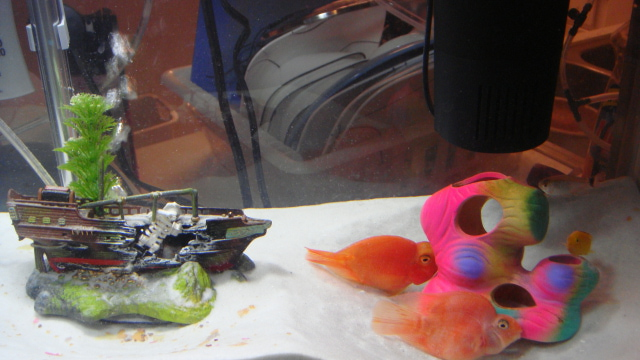 Problem on my parrot fish
QuestionQUESTION: Last Saturday, i noticed my 2 parrot
Problem on my parrot fish
QuestionQUESTION: Last Saturday, i noticed my 2 parrot
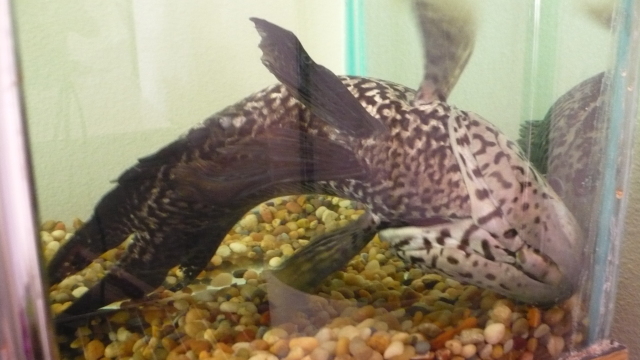 Swim Bladder Problem
Question
Buttnippers Problem
I have an 8 yr old Manguan
Swim Bladder Problem
Question
Buttnippers Problem
I have an 8 yr old Manguan
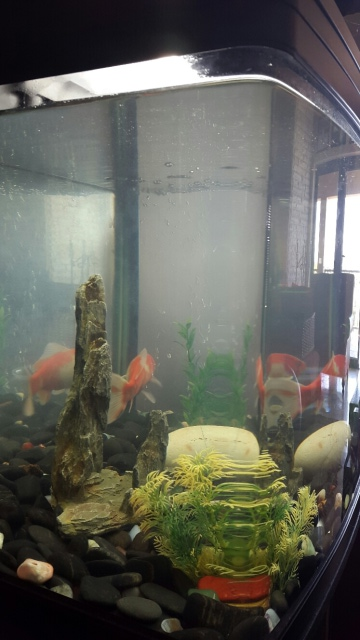 Cloudy water
Question
Murky Fishtank
Dear Sam, we live in a r
Cloudy water
Question
Murky Fishtank
Dear Sam, we live in a r
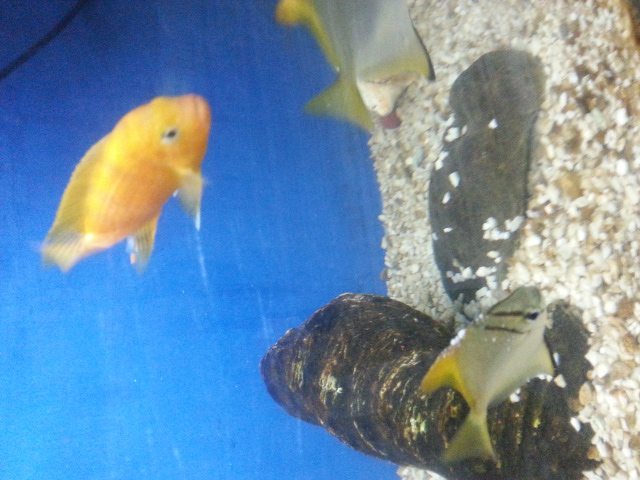 2 questions fr u!
Question
mono angel with some w
1)Recently I dis
2 questions fr u!
Question
mono angel with some w
1)Recently I dis
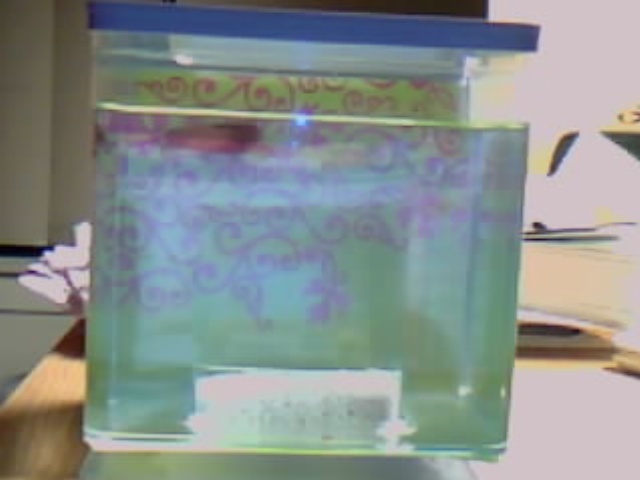 I Need Some Help Please and Thank you!
QuestionHer Tank! any ideas
QUESTION: I just got
I Need Some Help Please and Thank you!
QuestionHer Tank! any ideas
QUESTION: I just got